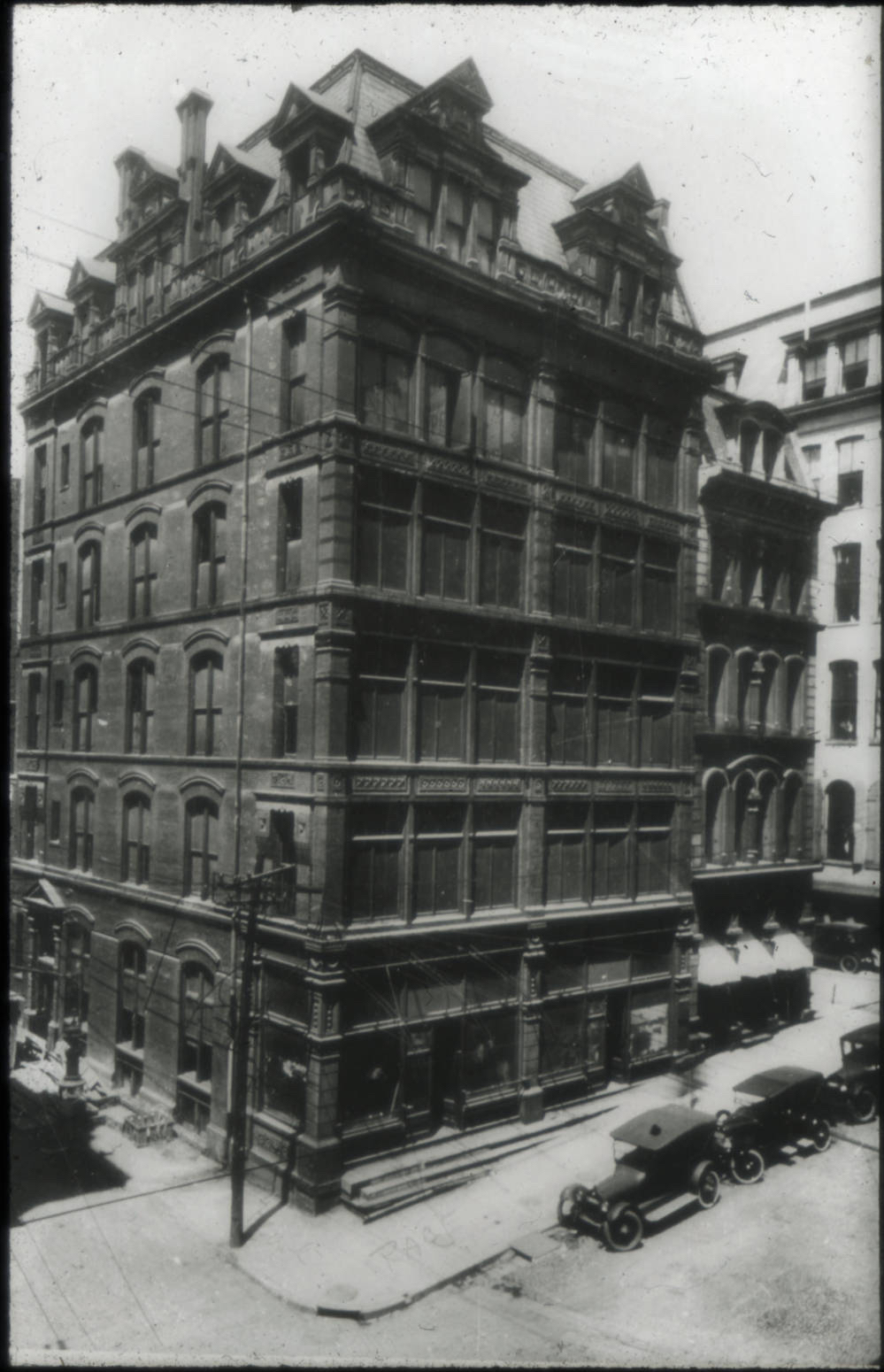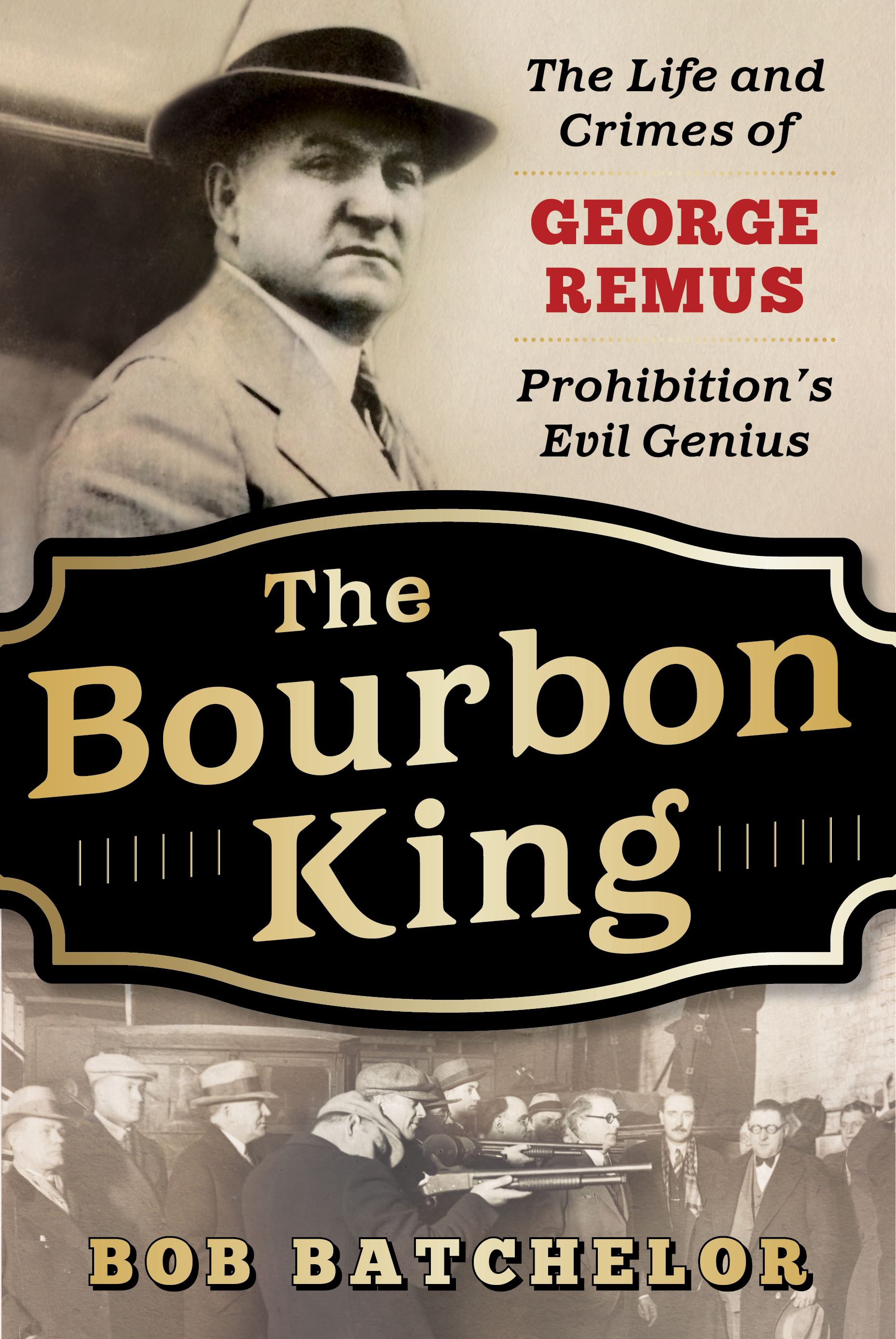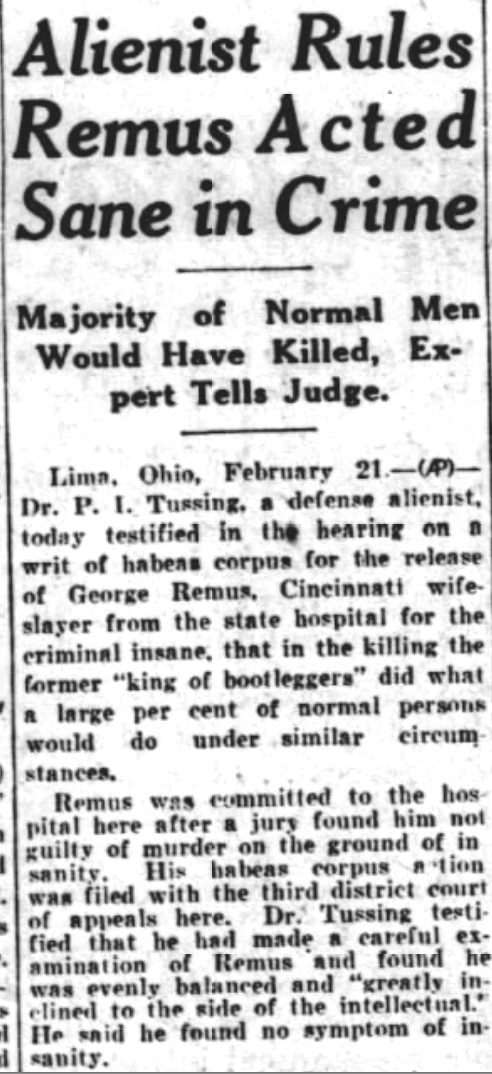Why did you feel that Stan Lee needed a full-scale biography?
Ironically, when I interviewed self-professed Marvel and Lee fans, what I realized is that most didn’t know much about him (and much of what they thought they knew wasn’t the whole story). From this research I realized that my best bet would be to write a biography deeply steeped in archival research that provided an objective portrait that would give readers insight and analysis into Lee’s life and career. The research provided a deeply nuanced view of Lee’s life that I then conveyed to the reader. This commitment to the research and uncovering the man behind the myth is the driving force in the book.
In looking at a person’s life, especially one as long as Lee’s (he’ll turn 95 at the end of the year), context and historical analysis provides the depth necessary to create a compelling picture. So, for example, Lee grew up during the Great Depression and his family struggled mightily. I saw strains of this experience at play throughout his life that I then emphasized and discussed. As a cultural historian, my career is built around analyzing context and nuance, so that drive to uncover a person’s life within their times is at the heart of the narrative.
What would people find most surprising about Stan Lee’s career?
What many people don’t know about Stan Lee’s career is that he was the heart and soul of Marvel the publishing company, not just a writer as we might think of it today, toiling away in solitude. In addition to decades of writing scripts for comic books across many genres, like cowboy stories, monster yarns, or teen romances, Lee served as Art Director, head editor, and editorial manager, while also keeping an eye on publication and production details. The totality of his many roles, including budgeting for freelance writers and artists, necessitated that he keep his freelancers active, while also engaging them differently than other comic book publishers.
Lee worked with his artists, like the incomparable Jack Kirby and wonderful Steve Ditko, to co-create and produce the characters we all know and love today. The process that Lee created out of necessity because he had to keep the company efficient and profitable came to be known as the “Marvel Method.” It gave the artists more freedom in creating stories, since traditionally they worked off a written script. The Marvel Method blurred the definition of “creator,” but when Lee, Ditko, and others were creating superheroes, no one thought that they would become such a central facet of contemporary American culture. The line in the sand between who did what has become important to comic book aficionados and historians, but back then, they were just trying to make a living. So, if we want to fully understand Stan Lee and Marvel’s Silver Age successes, then we have to look at his myriad responsibilities in total.
How does your biography add to our understanding of Stan Lee?
Popular culture is so much more prevalent in today’s culture almost to the point of chaos. People feel pop culture – for better or worse – much more, since it is always blasting away at us. We feel that we “know” celebrities like Lee, because we engage with them much more than ever before. For example, Lee has 2.71 million Twitter followers.
Given that Lee is a mythic figure to many Marvel fans, I think what I’ve done well in the biography is present a full portrait of Lee as a publishing professional, film and television executive, cultural icon, and family man. One gets the sense of Lee as all these things when examining his archive at the American Heritage Center at the University of Wyoming. Lee is so much more than the much-anticipated film cameos and the biography attempts to reveal his family background, sorrows, triumphs, and successes in a way that hasn’t been done before.
What keeps you writing?
Regardless of the topic, storytelling is my foundation. Trying to figure out what makes a fictional character like Don Draper or Jay Gatsby tick versus an actual person like Lee or Bob Dylan, I am putting the storytelling pieces together to drive toward a better understanding. Phillip Sipiora, who teaches at the University of South Florida, is famous for saying that there aren’t really definitive answers, rather that the goal of the critic should be interrogation and analysis. I am not searching for the right answer, rather hoping to add to the body of knowledge by looking at a topic in a new or innovative way.
Throughout the process, I reserve time to just think deeply about the subject. I find that meditative time is essential. The fact that most people can no longer stand quiet, reflective time is one of the great tragedies to emerge from the web. I create basic outlines to guide my writing and thinking and constantly edit and revise. When I coach writers, I urge them to find a process that works for them, and then to hone it over time. My process fuels my work and enables me to work efficiently.
You’ve written or edited 29 books, what’s next?
In the near term, I think I have some things to say about early twentieth century American literature and its significance. Many people think they know the story, but there are still ideas to uncover there that are important to us 100 years later. I am also interested in working more in both film and radio. I’ll never give up writing and editing, but I would like to pursue some documentary projects and possibly create a radio show or some other way to reach larger audiences. Despite our current political climate, I think people still yearn for smart content, and I would like to fill that need.










